Nano-coating is a technology that has become very important in many industries. It helps protect surfaces and make products last longer. It can be used in cars, electronics, and buildings. Nano-coating works because it is hydrophobic, resists UV rays, and cleans itself. This article will explain what nano-coating is, how it works, the different types, and how it is used in different industries.
What is Nano-Coating?
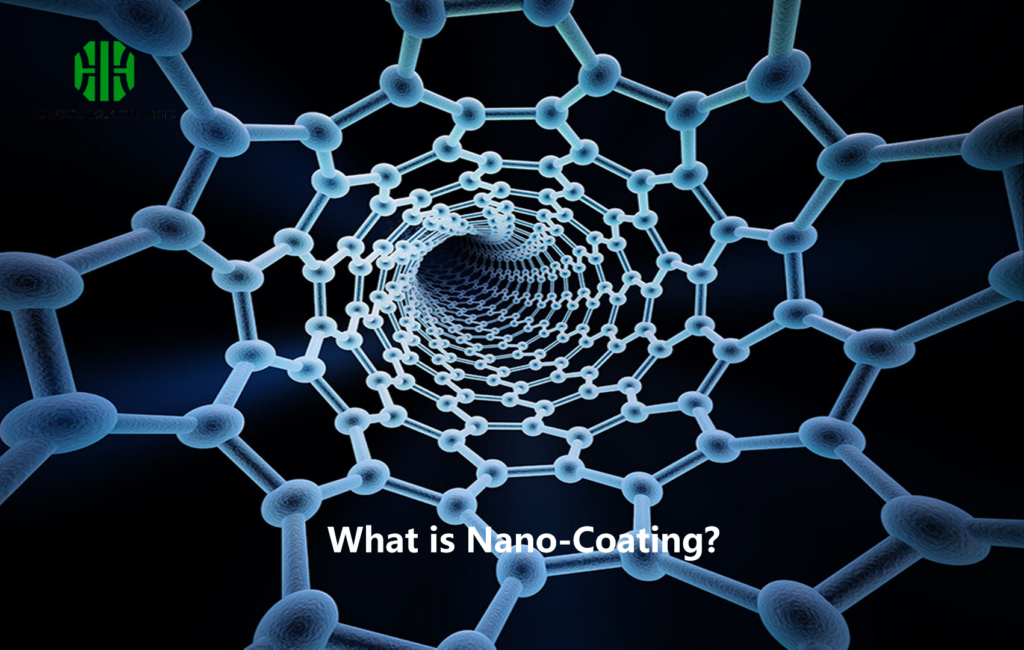
Nano-coating is when you put a super thin layer of tiny particles, usually less than 100 nanometers, on different things. This layer keeps the thing safe from getting messed up by the environment, wearing out, or getting dirty. You can put nano-coatings on all kinds of stuff like glass, metal, plastic, and fabric.
Key Benefits of Nano-Coating
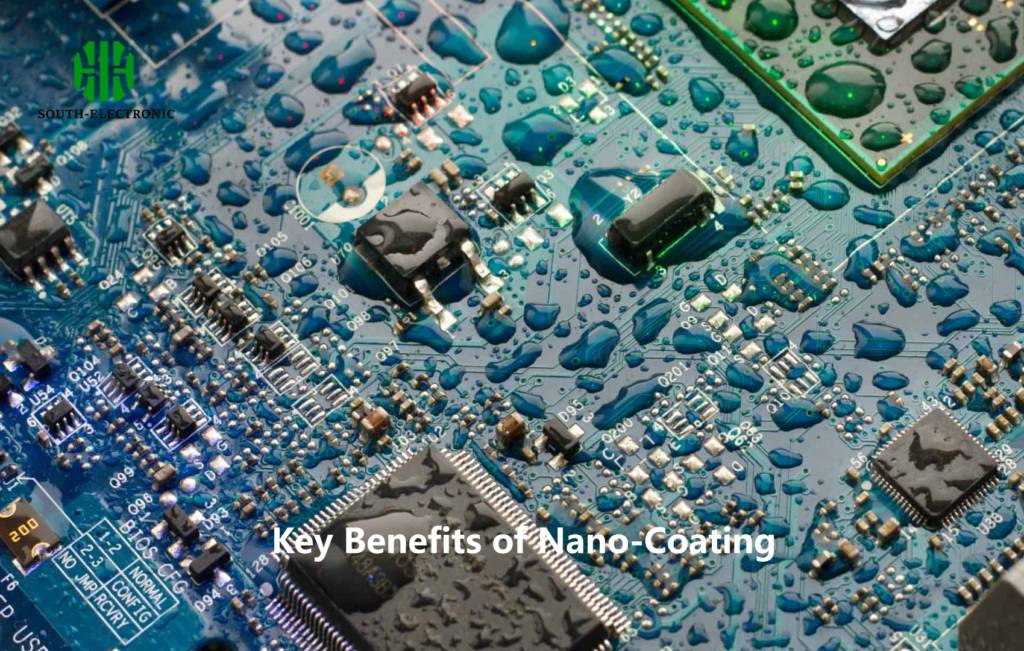
The widespread adoption of nano-coating technology stems from its numerous advantages:
- Hydrophobic and Oleophobic Properties: These coatings repel water and oil, preventing liquid stains and corrosion.
- Self-Cleaning: Surfaces treated with nano-coatings tend to resist dirt and grime, reducing cleaning efforts.
- UV Protection: Nano-coatings provide resistance to ultraviolet radiation, reducing surface degradation and fading.
These benefits make nano-coating a valuable asset across industries such as automotive, construction, and electronics.
How Does Nano-Coating Work?
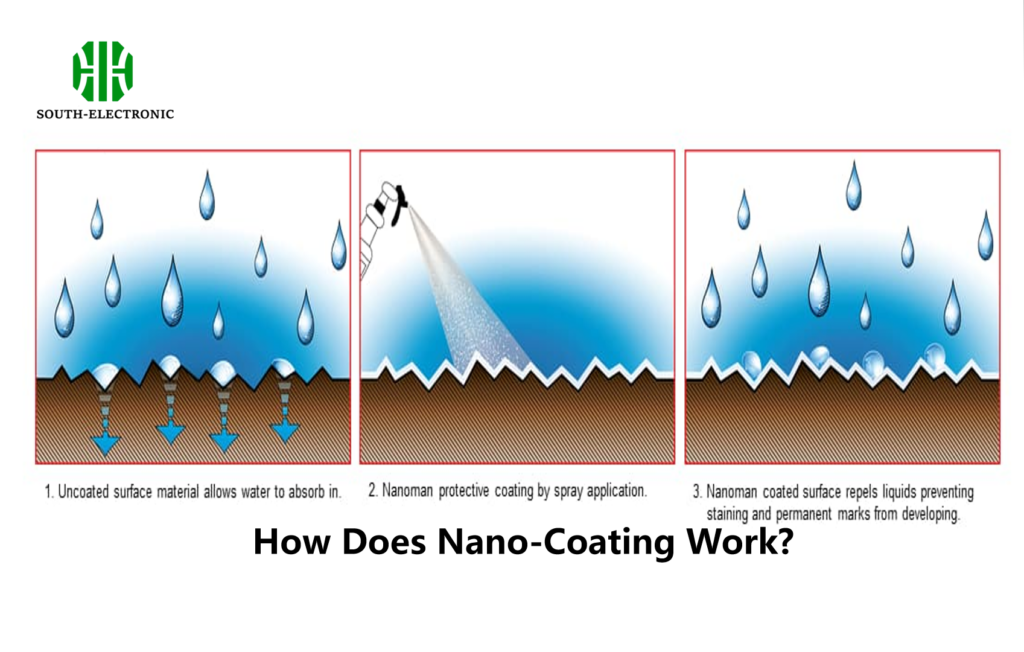
Nano-coating tech works on a molecular level, with nanoparticles getting up close and personal with the surface they’re applied to. These nanoparticles form a protective layer that changes the surface properties to make it more durable, resistant, and good-looking.
Nano-Scale Technology
The key to nano-coating lies in the nanoscale size of the particles used. Nanoscale refers to dimensions smaller than 100 nanometers. The small size allows the particles to adhere uniformly to a surface, filling in even microscopic pores. This smooth, even coating creates a barrier that is resistant to water, dirt, and other contaminants.
Comparison between Traditional Coatings and Nano-Coatings
| Feature | Traditional Coating | Nano-Coating |
|---|---|---|
| Thickness | 1-10 micrometers | Less than 100 nanometers |
| Water Resistance | Moderate | High (hydrophobic) |
| UV Protection | Moderate | High |
| Durability | Varies | Long-lasting |
| Environmental Impact | Often solvent-based | Eco-friendly options available |
Mechanisms of Action
Nano-coatings work by altering the surface energy of the treated material. For example, hydrophobic nano-coatings reduce the surface energy, causing water to bead up and roll off rather than adhere. In contrast, anti-corrosion coatings create a barrier that shields metal surfaces from oxidation, extending their lifespan.
Types of Nano-Coatings
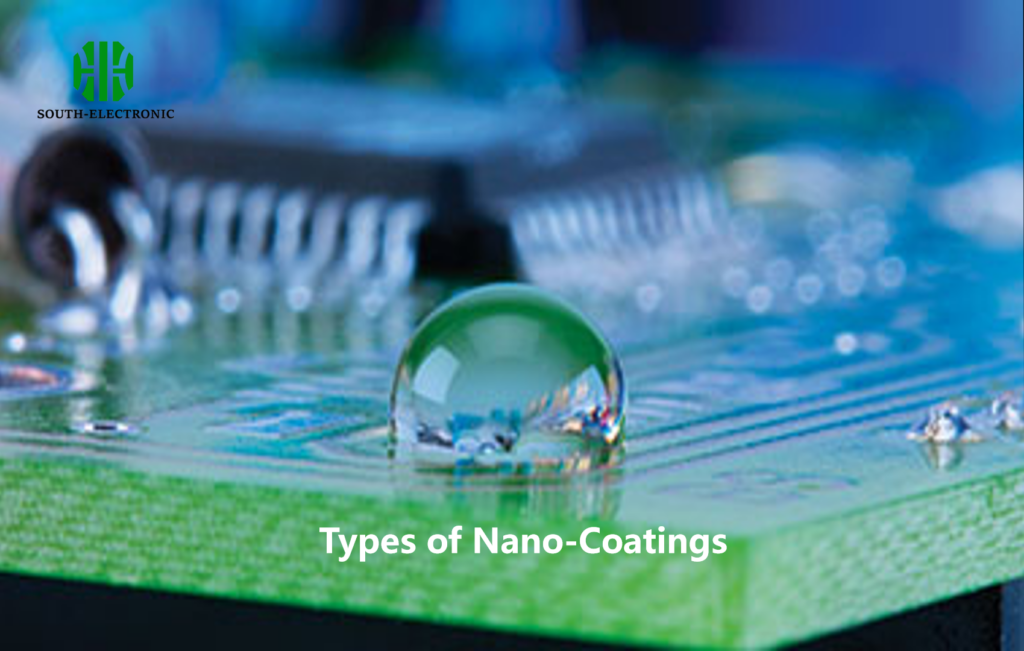
Different types of nano-coatings serve various purposes, depending on the specific needs of the material and its environment.
1.Hydrophobic and Superhydrophobic Coatings
Hydrophobic coatings repel water, causing it to form droplets and roll off the surface. Superhydrophobic coatings enhance this effect, offering extreme water resistance, making them ideal for automotive exteriors, glass, and textiles.
2.Anti-Corrosion Coatings
Anti-corrosion nano-coatings provide protection for metals against rust and oxidation. These coatings are commonly used in harsh environments, such as marine, industrial, and construction sectors, to protect equipment and structures from the elements.
3.Self-Cleaning Coatings
Self-cleaning nano-coatings are widely used on glass surfaces, such as windows and solar panels. These coatings prevent the adhesion of dust and grime, making maintenance easier and less frequent.
4.UV-Resistant Coatings
UV-resistant nano-coatings protect surfaces from ultraviolet light, which can cause discoloration, degradation, and cracking. These coatings are commonly applied to outdoor materials and vehicles.
Applications of Nano-Coatings
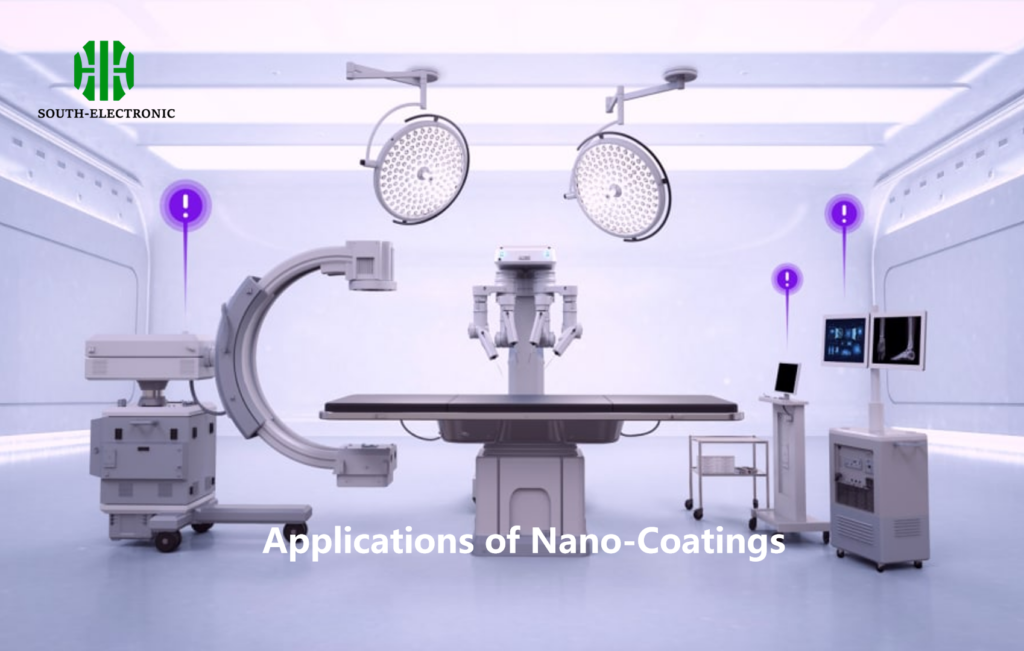
Nano-coating technology finds widespread use across various industries, each benefiting from its protective and performance-enhancing properties.
1.Nano-Coating for PCB (Printed Circuit Boards)
Printed Circuit Boards (PCBs) are critical components in electronic devices, from smartphones to industrial machinery. They require protection from environmental factors such as moisture, dust, and chemical exposure, which can lead to corrosion, short circuits, and device failure. Nano-coating offers an effective way to protect PCBs while maintaining their functionality.
Benefits of Nano-Coating for PCBs:
- Moisture Resistance: Nano-coatings form a hydrophobic layer on the PCB, preventing water or humidity from causing electrical shorts or corrosion.
- Dust and Contaminant Protection: The thin layer of nano-coating acts as a barrier against dust and other particulates that could disrupt PCB performance.
- Chemical Resistance: PCBs are often exposed to harsh chemicals during their lifespan, particularly in industrial or medical devices. Nano-coatings can protect against chemical damage, extending the PCB’s life.
2.Automotive Industry
In the automotive industry, nano-coatings are applied to both the exterior and interior of vehicles. These coatings protect car paint from scratches, fading, and water spots, while windshields treated with hydrophobic coatings improve visibility during rain by repelling water.
3.Electronics
Many modern electronic devices, such as smartphones and wearables, use nano-coating to provide waterproofing and smudge resistance. This enhances the durability and lifespan of devices, particularly those exposed to water or other environmental factors.
4.Medical Devices
Nano-coatings are also applied in the medical field, particularly for implants and devices that require sterile, antibacterial surfaces. These coatings help reduce the risk of infections and improve the compatibility of devices with the human body.
Nano-coating is changing the game when it comes to protecting surfaces. It’s the next level of protection for industries like automotive and electronics. Now, nano-coating is being used to protect PCBs, which is a big deal. It’s going to make sure that the important electronic parts don’t get damaged by the environment, so your devices will last longer and work better.



